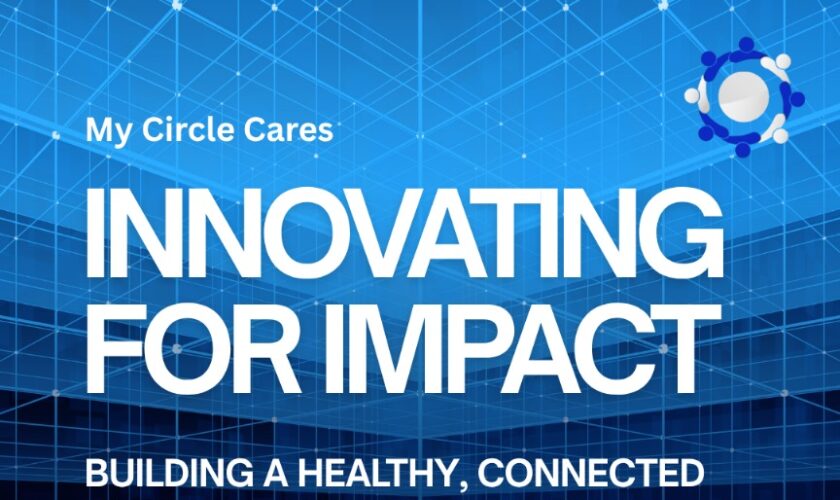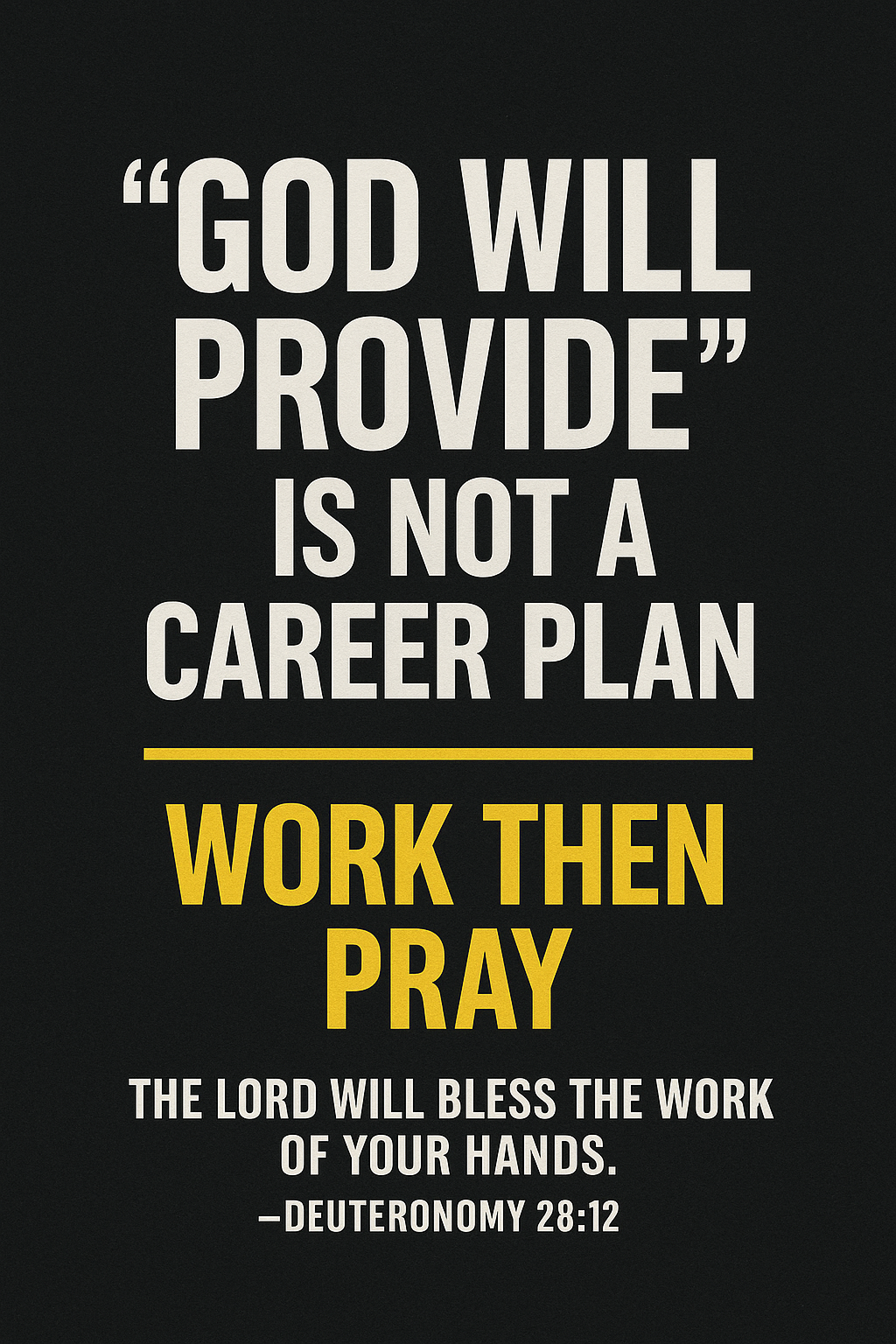There is a particular street I walk through often. And every time I walk past a certain spot, I find the same guy. Some days he’s working—pushing a wheelbarrow, lifting heavy loads, running errands with energy like he has purpose. Other days, he’s surrounded by his friends, fighting over something so small yet so loud that the entire neighborhood becomes unplanned audience. And sometimes, he sits calmly, smoking weed, laughing uncontrollably, behaving in ways that can swing between a grown man and a small child eating sand and thinking it’s chocolate.
Watching this guy taught me something powerful. It whispered something louder than a lecture hall, clearer than a motivational quote, sharper than the advice of elders.
I can be used.
I can be useful.
I can be useless.
And that same lesson applies to every young person reading this right now.
Because everyone is of use—but not of the same use.
THE THREE STATES OF A YOUNG PERSON
1️⃣ You Can Be Used
Being used is when someone takes advantage of what you have without considering who you are. You can be used:
- For your time
- For your strength
- For your creativity
- For your talent
- For your resources
But here’s the problem with being used: your contribution is valued, but you are not.
Many young people fall into the trap of being used because:
- They lack direction
- They crave acceptance
- They want quick rewards
- They are afraid to say no
Some are used in relationships emotionally, financially, physically.
Some are used in workplaces without recognition.
Some are used by friends who only remember them when they need something.
The worst form of being used is when someone convinces you that your usefulness belongs to them, not to you.
2️⃣ You Can Be Useful
This is different. Being useful means you add value—not because someone manipulates you, but because you choose to.
To be useful is to:
- Be a solution
- Be dependable
- Be intentional
- Use your gifts with purpose
When the same guy I see on the street is working, he is useful. He earns. He removes shame from his family’s table. He shows dignity in labor. He demonstrates determination. That usefulness may not trend on social media, but it feeds him, it builds him, and it teaches others.
You are useful when:
- You take responsibility
- You learn a skill
- You serve with excellence
- You develop yourself
Being useful may not make you famous, but it makes you valuable.
3️⃣ You Can Be Useless
Let’s be honest—many youths fall into this category not because they are naturally useless, but because they underutilize the potential inside them.
A phone with 2% battery and no charger—useless for the moment.
A car with no wheels—beautiful but useless.
A dream never acted on—perfectly useless.
Smoking your future away, wasting your time, fighting battles that don’t matter, following trends that don’t lead anywhere—not only makes you lose time, it makes you lose value.
The greatest tragedy is not a young person who fails.
The tragedy is a young person who does not try.
EVERY YOUNG PERSON HAS POTENTIAL — BUT NOT EVERY POTENTIAL GROWS
Just because you have seeds doesn’t mean you have crops.
Just because you have a voice doesn’t mean you will be heard.
Just because you have talent doesn’t mean you will succeed.
Potential becomes power through:
- Discipline
- Direction
- Dedication
- Decisions
Your skill must grow.
Your character must mature.
Your mind must expand.
Your choices must improve.
The world does not reward the most gifted; it rewards the most applied.
WHAT YOU DO TODAY IS THE DRAFT OF YOUR FUTURE
That young man by the road is writing his future, one choice at a time:
- Work — leads to earning.
- Fighting — leads to injury or police.
- Smoking — leads to addiction or regret.
Every action is a seed.
Every seed has a harvest.
Every harvest is proof that your future listens to your present.
If you treat your life like a joke, do not be surprised when people stop taking you seriously.
FINAL ADVICE TO EVERY YOUTH
You are not too young to be great.
You are not too old to start.
You are not too small to matter.
You are either:
Being used… by others,
Being useful… to others,
or Being useless… to your future.
But the power is in your hands.
You can be used.
You can be useful.
You can be useless.
The choice is not destiny’s — it is yours. 💡🔥


























